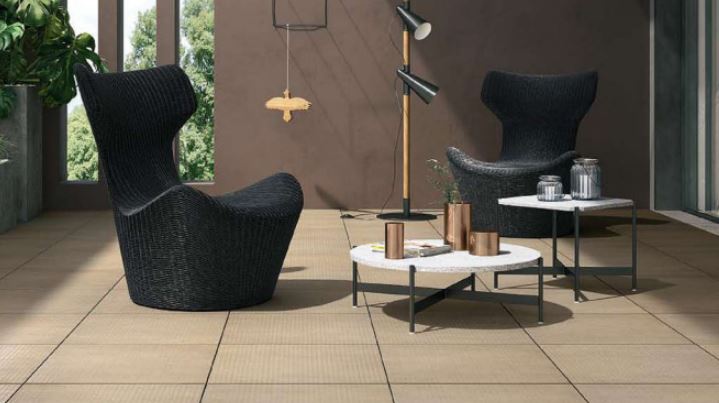Today, more than ever, we appreciate the importance of living in a house with the option of outside living. From large gardens and sumptuous terraces to small balconies, the outdoor area can become a green oasis of pleasure where you can have fun and relax. In order to make the most of an outdoor space, especially a terrace, an increasing number of people are choosing raised flooring for terraces as they are aesthetically and technically advanced solutions.
Traditional or floating? This is what distinguishes raised flooring for terraces
Whether it is a balcony, courtyard or a terrace, all outdoor environments are particularly complex to pave or restore, as they are exposed to wear caused by atmospheric agents on a daily basis. Precisely because of factors such as sequential stages of freezing and thawing, the tiles laid directly on the foundation using cement screeds can become damaged in a matter of years because of the continuous dilation they undergo as a result of temperature variations. A broken tile inevitably needs to be replaced, but the new slab will also be subject to hazardous stages of adaptation as it is glued on to the screed that gives it no room for movement. The choice of raised flooring for terraces could be the most effective answer against these kinds of risks and against all other critical situations caused by flooring for outdoors, especially when using the combination of a raised flooring and porcelain stoneware.
Raised flooring for terraces means the integrity of the tiles can be upheld as well as keeping the appearance of the outdoor space as attractive as it was on the first day with no defects. Raising the flooring of the terrace means installing porcelain stoneware tiles dry above a modular frame structure that can be reconfigured at any time. This laying procedure allows you to create a cavity between the original flooring and the raised flooring, so that all the wiring and systems needed to configure an outdoor area, such as an irrigation plant, rainwater drainage and electrical and hydraulic systems can be placed under the new walk-on surface. The porcelain stoneware tile is 20 millimetres thick, and this allows for installation with raised laying and the technical chamber that is created can be inspected by simply lifting the slabs. The use of raised flooring for a terrace allows the tiles to absorb the dilatory movements caused by temperature variations typical of the changing seasons. Indeed, no glue is used, only the mechanical support of the tiles on adequate supports.

A raised flooring for terraces in porcelain stoneware
The porcelain stoneware goes perfectly with the choice of raised flooring for a terrace, thanks to its technical and aesthetic features that make it the ideal material for all open-air environments, from a garret to balconies and all external areas which will be walked on. Raising the flooring on the terrace with porcelain stoneware will allow you to achieve a versatile, ecological solution and one with exceptional technical and aesthetic performance levels.
Unlike other materials like natural stone, wood or cement, the porcelain stoneware is not porous so won’t stain, absorb liquids, won’t crack, is resistant to atmospheric agents, UV rays, weeding, mould or moss. The economic and practical benefits of porcelain stoneware for installing a raised flooring for terraces also include:
- Resistance against temperature variations, dilation and structural movements
- Easy laying, removal, reconfiguration and reuse
- Easy inspection and maintenance
- Easy to clean without the need for seasonal maintenance
- Energy performance optimisation
- Anti-skid and anti-scratch features
- Reduction in costs
- Flooring can be walked on immediately
- The material absorbs very little heat and is not hot underfoot
- The material does not change colour nor deteriorate over time
- The material is available in an extensive range of finishes and satisfies every aesthetic need.



